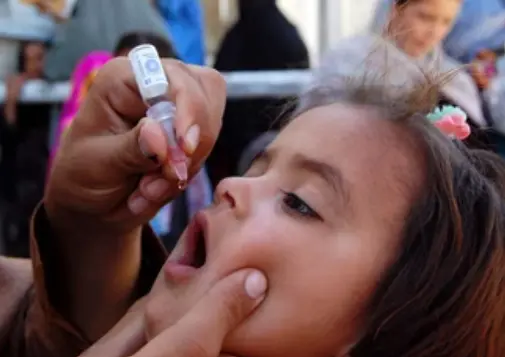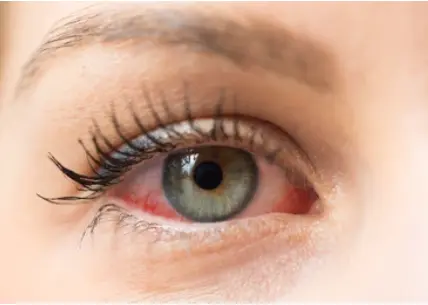 Welcome
Welcome
“May all be happy, may all be healed, may all be at peace and may no one ever suffer."
Artificially ventilated patients - Generics
Artificial ventilation, also known as mechanical ventilation, is a medical procedure that involves using a machine to assist or replace the natural breathing of a patient who is unable to breathe on their own due to a medical condition or injury.
Patients who may require artificial ventilation include those with respiratory failure, such as acute respiratory distress syndrome (ARDS), pneumonia, or chronic obstructive pulmonary disease (COPD), as well as patients undergoing anesthesia during surgery.
During artificial ventilation, a machine delivers oxygen and air into the patient's lungs through a tube that is inserted into the trachea (windpipe) through the mouth or nose. The machine controls the rate and depth of the patient's breaths, as well as the amount of oxygen delivered.
Artificial ventilation is a potentially life-saving procedure, but it also carries risks. Complications can include infection, lung damage, and damage to the airway or vocal cords.
Patients who require artificial ventilation are typically closely monitored by healthcare professionals, and adjustments to the machine's settings may be made as needed to optimize the patient's breathing and minimize complications.
Once the patient's condition has improved and they are able to breathe on their own, the artificial ventilation can be discontinued. However, some patients may require long-term ventilation support or may need to be placed on a ventilator intermittently as needed.

Poliomyelitis

Pupil dilatation

Runny nose

Miosis

Erysipeloid

Allogeneic bone marrow tr...

Pneumococcal meningitis

Osteo Calcaemia
Artificially ventilated patients, কৃত্রিমভাবে বায়ুচলাচল রোগীদের
To be happy, beautiful, healthy, wealthy, hale and long-lived stay with DM3S.